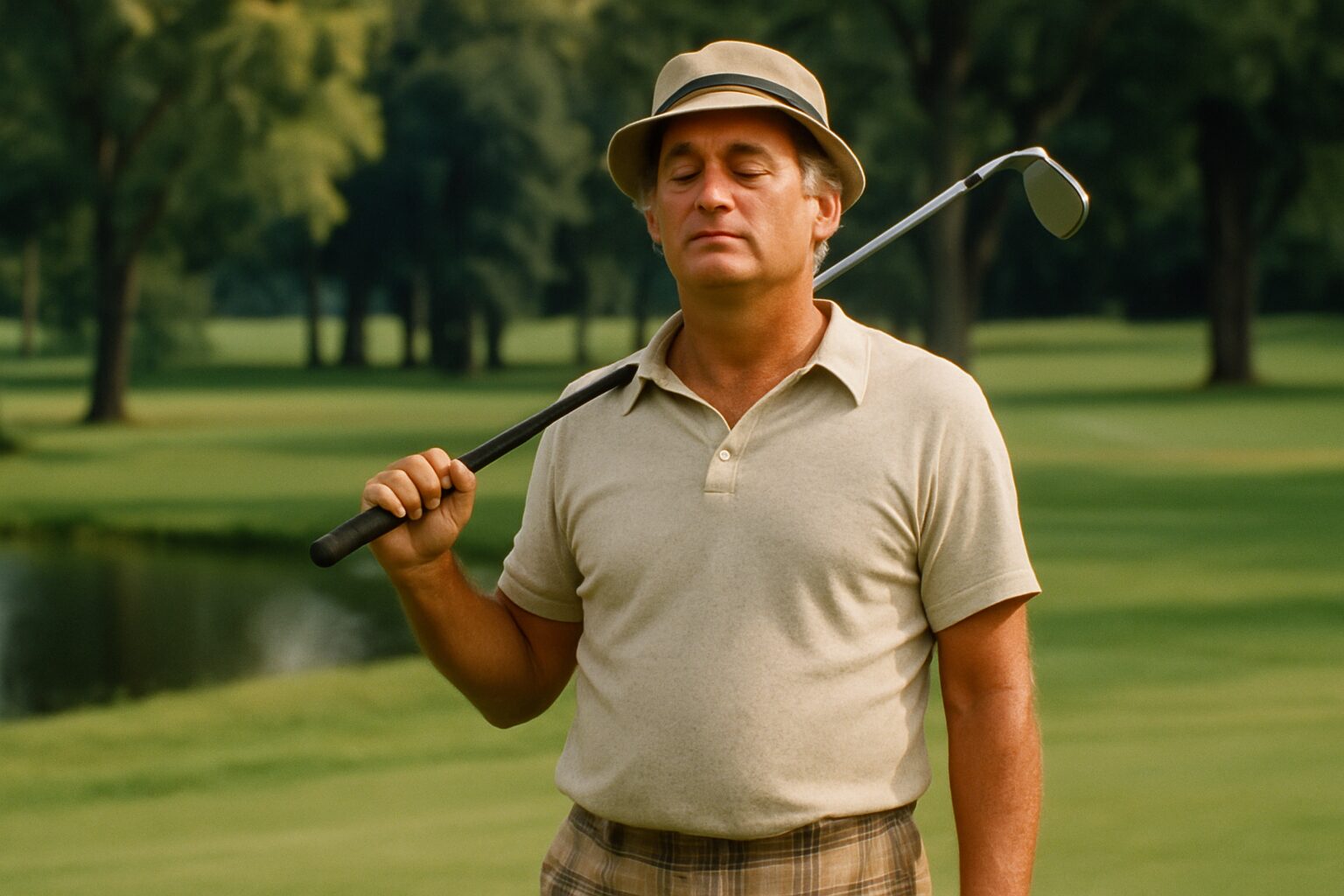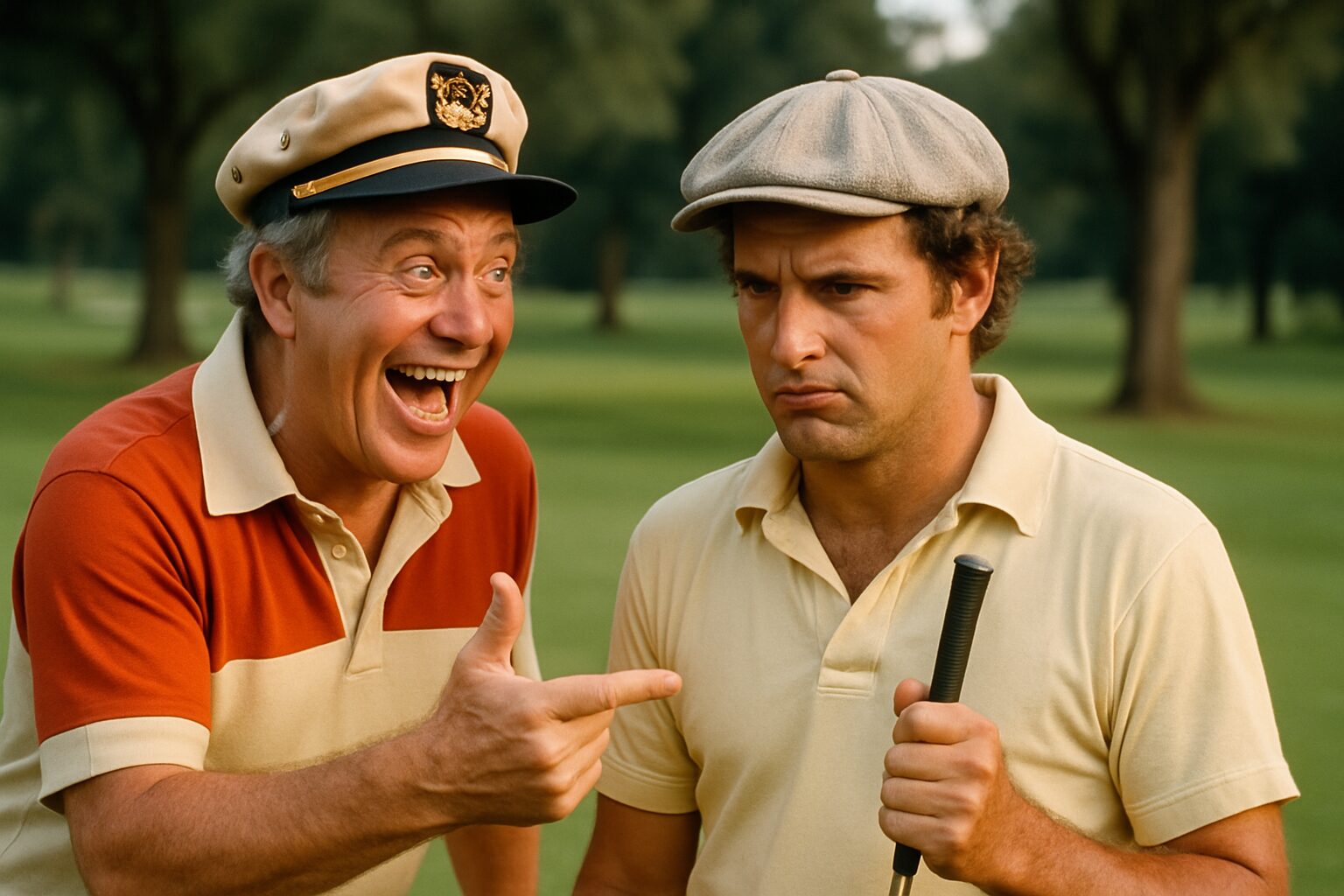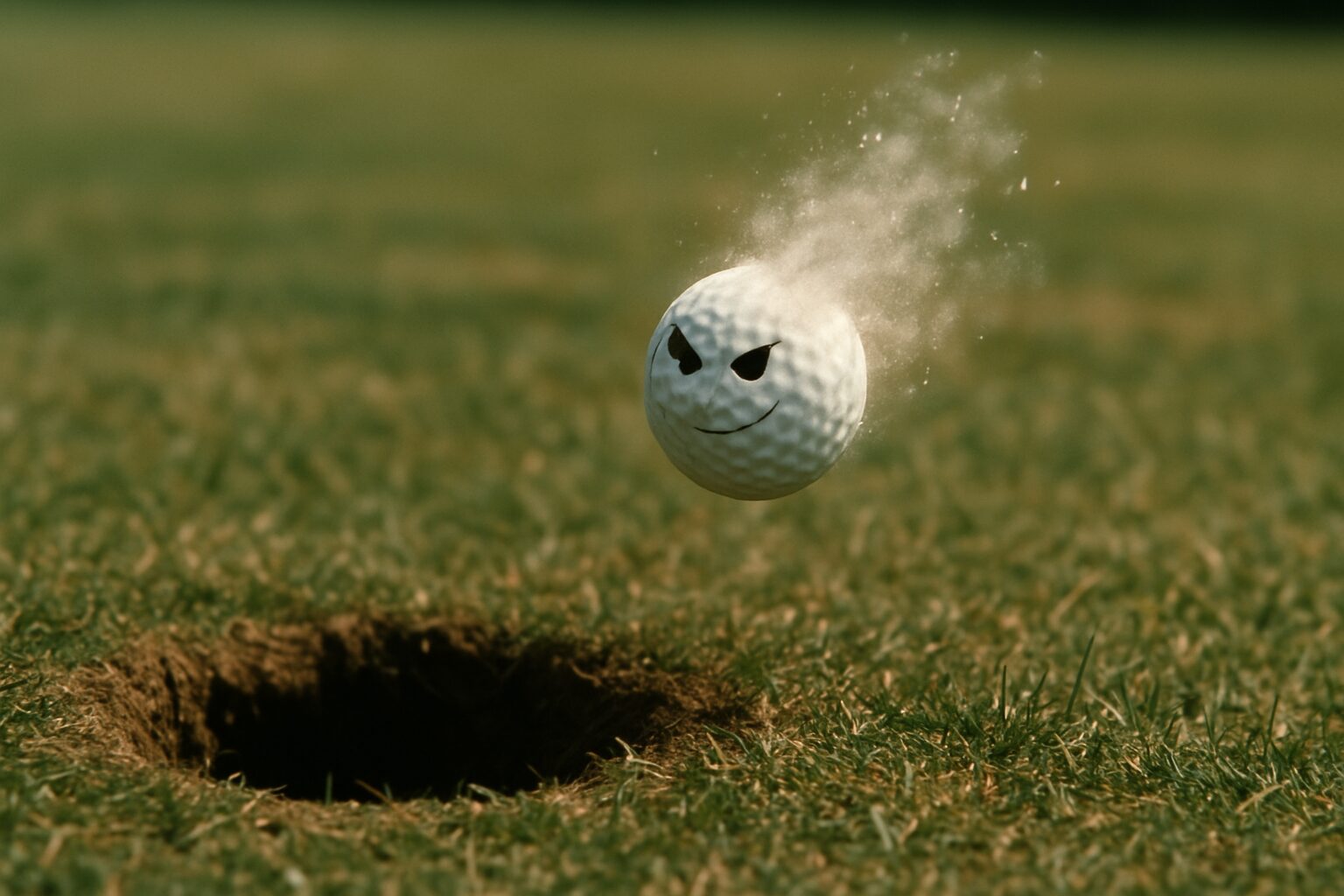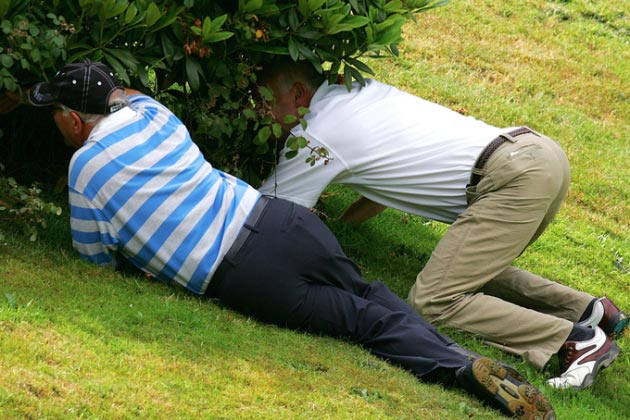Blog
Schauffele Talks Winning Money From Phil Mickelson

There are a lot of great gambling stories that come from the PGA Tour that start with “So, I was playing with Phil Mickelson…”
It just so happens Xander Schauffele has a very good story that also helped to propel Mickelson to last month’s unlikely PGA Championship victory.
The story was a few weeks in the making as Mickelson referenced the money rounds he and Xander would play during quarantine last week at the Charles Schwab Classic. Asked about his belief in himself, Mickelson launched into a response that said his opportunity to play with the young stars of the PGA Tour had a big impact on his confidence.
“A big thing for me in getting things turned around has been the opportunity to play with a lot of good, young players, and so just prior to Innisbrook I had a chance to play with Rory McIlroy and Rickie Fowler at The Grove in Florida and I had a chance to play a lot of golf in the last year and a half with Charley Hoffman and Xander Schauffele in San Diego and that’s made a big difference for me,” Mickelson said.
Mickelson credited Schaufelle’s calm demeanor and course management skills as inspirational, something that set him apart and allowed him to be one of the top-10 players in the world at the time. Even more impressive, Mickelson said, was the way in which Schauffele would beat him.
“I remember a year ago almost to the day where I was playing a few rounds at the Farms with Xander, and we played a match and he went out and shot 64 and I’m like, ‘Wow, all right, you gave me a pretty good beating. Let’s do this again.’ So, a few days later went and played again and he shot 63. I’m like, ‘Wow, okay. Let me try one more time.’
“So we go out next time and he shoots 62 and on a 220-yard par-3, I had to press and hit one four feet and he makes a hole-in-one. I went back and talked to Amy and I’m like, ‘I don’t know how I’m going to beat this guy. He’s probably playing the best of any player in the world right now.’”
"If Phil lost, he'd wanna play another 18 holes"@XSchauffele and @PhilMickelson spent A LOT of time together on the course during quarantine. On the latest @golf_subpar, Xander takes you inside his battles and learning lessons with Lefty.
Watch: https://t.co/w9slnZdLC8 pic.twitter.com/vKp21ftTh0
— GOLF.com (@GOLF_com) June 2, 2021
With a fresh Phil story brewing, the golf media was itching to talk to Schauffele this week at the Memorial Tournament, the No. 5 player in the world’s next start since Mickelson brought up his quarantine match prowess.
After a few questions about the course changes at Muirfield Village, his excitement for the U.S. Open in his hometown and some PGA Championship retrospectives, the Phil questions came fast and furious with Schauffele playing a bit of a humble role.
“We started playing a lot over during quarantine. We didn’t really have anything else to do, it was the only way for us to get out of the house,” he began. “So obviously the mood of the rounds were great just because we’re out and about versus being stuck indoors.
“I was playing really good golf. To be completely honest, Phil was playing probably some of the worst golf he’s played. Obviously, the course being narrow and sort of strategic didn’t really fit his eye. So I took full advantage of him not playing well and me playing really well during that time stretch.”
Pressed on his ace after Mickelson hit it to four feet, Schauffele added some color to Phil’s rather benign telling of it.
“He tried to quick-trigger it. He pressed,” Schauffele said. “And the walk back to the 16th tee is like 80 yards or a hundred yards and we were jawing each other on the 15th green. I won the hole, he pressed, and then he quickly went back to the tee to tee off and it’s one of the harder par-3s on the course. And he wasn’t supposed to hit first and of course, he hits first and hits it to four feet or so.
“I’m letting him know that I could make him re-hit, since it’s match play, but since he was getting his butt kicked, I figured I would let him hit it to four feet and not make him re-hit. But it was just funny. I wasn’t really a guy to make too many holes-in-one and I kind of pulled a 6-iron toward the water a little bit, fell right in line with the pin and then trickled in.
“There’s a little mound behind the tee box — and he just sat there looking down at the ground, shaking his head, he just didn’t really know what to do with himself. So I found that pretty entertaining.”
As for the stakes and what Phil lost over the course of those three rounds, Schauffele declined to give a specific amount saying, “That’s not for me to say. They’re much larger than most games, I can tell you that.”
However, thanks to some previous stories, we can safely assume that Phil was losing somewhere in the neighborhood of $2,500 per match.
By Chris Chaney on Clubhouse.SwingU
Blog
On the Importance of Not Caring: A Guide to Lowering Your Score
Worry causes many issues. When you are able to just stop, a wonderful thing happens. Follow this guide from Ty Webb to learn more.

They say golf is a game of mental fortitude, of unwavering focus, of meticulous planning. They say you must visualize the shot, commit to the swing, and execute with precision. And to them, I say, “Hogwash!” Or perhaps, “A flute with no holes, is not a flute. A donut with no hole, is a Danish.” Because, my friends, the true secret to lowering your score, to achieving that elusive state of golfing nirvana, is to simply not care. Not one whit. Not a single, solitary damn.
Think about it. When do you hit your best shots? Is it when you’re agonizing over every blade of grass, every gust of wind, every microscopic imperfection on the green? Or is it when you’re distracted, perhaps by a particularly interesting cloud formation, or the existential dilemma of whether to order a hot dog or a chili dog at the turn? It’s the latter, isn’t it? Because when you stop caring, you stop thinking. And when you stop thinking, you start playing golf.
The golf swing, in its purest form, is an act of instinct, a fluid motion unburdened by the shackles of conscious thought. But we, in our infinite human capacity for self-sabotage, insist on overthinking it. We analyze, we dissect, we intellectualize. We turn a simple act of hitting a ball into a complex mathematical equation, a philosophical treatise on the meaning of spin and trajectory. And what is the result? A hooked drive, a chunked iron, a three-putt that would make a novice weep.
But when you don’t care, a magical transformation occurs. The tension drains from your shoulders, the grip loosens, the mind clears. You swing, not with intent, but with a blissful indifference. The ball, sensing your newfound detachment, responds in kind. It soars, it draws, it fades, it lands precisely where it was always meant to be. It’s as if the ball itself is saying, “Finally! Someone who understands me! Someone who isn’t trying to force me into submission!”
Of course, this doesn’t mean you should actively try to hit bad shots. That would be caring, in its own twisted way. No, the art of not caring is a subtle one. It’s a state of detached engagement, a Zen-like acceptance of whatever the golf course throws at you. A bad bounce? Who cares. A missed putt? Such is life. A lost ball? Perhaps it’s off on a grand adventure, a journey of self-discovery. And in that detachment, in that blissful indifference, you will find a freedom that transcends the scorecard.
So, the next time you step onto the tee, take a deep breath. Let go of your expectations, your desires, your desperate need for perfection. Embrace the chaos. Embrace the absurdity. And most importantly, embrace the profound, liberating power of not caring. For in the gentle art of indifference, you will find not only a lower score, but a deeper, more meaningful connection to the game. Or at least, a more enjoyable round.
Blog
The Art of the Unsolicited Golf Tip: How to Annoy Your Playing Partners with Wisdom

There’s a certain breed of golfer, a truly special individual, who believes that every swing, every putt, every moment on the course is an opportunity for unsolicited advice. They are the self-appointed gurus of the green, the unsolicited senseis of the sand trap. And while most people recoil from such an individual, I, Ty Webb, find a certain perverse charm in their relentless, often misguided, generosity. After all, what is golf if not a canvas for human folly, painted with strokes of well-intentioned, yet utterly useless, wisdom?
Consider the scenario: your playing partner, a man (or woman) of quiet desperation, is about to address the ball. Their brow is furrowed, their stance is tentative, their very soul is screaming for a moment of peace. And then, from the depths of your profound, albeit unrequested, knowledge, you unleash it: “Keep your head down!” Or, “Slow backswing!” Or, my personal favorite, delivered with a knowing wink, “Be the ball.” The effect is instantaneous. A subtle flinch. A barely perceptible sigh. The swing, already fraught with anxiety, becomes a tortured ballet of self-doubt. The ball, inevitably, finds its way into the deepest, darkest rough.
And that, my friends, is the art. The beauty of the unsolicited golf tip lies not in its efficacy, but in its disruption. It’s a gentle reminder that even in the serene confines of the golf course, chaos lurks. It’s a subtle assertion of dominance, a playful jab at the fragile ego of your fellow golfer. It’s a way of saying, without actually saying it, “I know more than you, even if I don’t.”
Of course, there are rules to this art. Never offer a tip when someone is actually asking for one; that would be far too helpful, and thus, entirely counterproductive. Always deliver your wisdom with an air of profound nonchalance, as if the secret to a perfect swing has just casually occurred to you while contemplating the existential dread of a missed putt. And most importantly, never, ever, acknowledge the catastrophic results of your advice. A shrug, a thoughtful nod, perhaps a mumbled, “Well, that’s golf,” is all that’s required.
So, the next time you’re on the course, and you see a fellow golfer struggling, resist the urge to be genuinely helpful. Instead, embrace the art of the unsolicited golf tip. For in the gentle torment of your playing partners, you will find a profound, if slightly mischievous, joy. And who knows, perhaps in their frustration, they will, inadvertently, discover their own path to enlightenment. Or at least, a new appreciation for silence.
Blog
Why Your Golf Balls Disappear (and It’s Not the Gophers)

Ah, the vanishing golf ball. A phenomenon as old as the game itself, and one that has baffled, frustrated, and occasionally driven golfers to the brink of madness for centuries. Most theories involve gophers, those furry, subterranean saboteurs with an insatiable appetite for Titleists. Or perhaps a particularly aggressive squirrel, or a flock of unusually organized crows. But I, Ty Webb, have delved deeper into this mystery, and I can assure you, the truth is far more profound, and far more amusing.
Consider, if you will, the golf ball itself. A small, dimpled sphere, designed for one purpose: to be struck with great force and sent hurtling through the air. A life of constant abuse, of being smacked, sliced, and occasionally submerged in murky ponds. Is it any wonder, then, that some of these brave little spheres simply decide they’ve had enough? They yearn for freedom, for a life beyond the confines of the fairway. They dream of rolling unencumbered through fields of wildflowers, or perhaps, for the more adventurous among them, a quiet retirement in the depths of a particularly challenging water hazard.
I’ve seen it happen, you know. A perfectly struck shot, soaring through the air, destined for glory. And then, poof. Gone. Not a trace. No splash, no rustle in the bushes, just an empty space where a golf ball once was. It’s not a gopher, my friends. It’s an escape. A liberation. That golf ball, in its infinite wisdom, has chosen a different path. It has decided that its destiny lies not in the bottom of a cup, but in the boundless expanse of the unknown.

And who are we to judge? We, who are so obsessed with control, with precision, with the rigid rules of the game. Perhaps the golf ball, in its spontaneous disappearance, is teaching us a valuable lesson about letting go. About embracing the unexpected. About the inherent futility of trying to dictate the trajectory of a small, white sphere that clearly has a mind of its own.
So, the next time your golf ball vanishes into thin air, don’t curse the gophers. Don’t blame your swing. Instead, offer a silent salute to that brave little sphere, wherever it may be. For it has achieved what many of us can only dream of: true freedom. And who knows, perhaps one day, it will return, laden with tales of its adventures, ready to impart some profound, dimpled wisdom upon us all.
-

 Product Review6 years ago
Product Review6 years agoThe Perfect Practice Putting Mat Review by Jason Tenzer
-

 Blog4 years ago
Blog4 years agoLoophole Rule Offers PGA Tour Pros a Mulligan
-

 Blog4 years ago
Blog4 years ago2021 Buyer’s Guide: The Top 10 Value Golf Balls For Distance & Feel
-

 Blog4 years ago
Blog4 years agoGolf Marriage Counselor
-

 Blog6 years ago
Blog6 years ago9 Biggest Chokes Of The Past Decade
-

 Product Review6 years ago
Product Review6 years agoTHE ADJUSTABLE IRONS: WALKING STICKS GOLF CLUBS
-

 Blog4 years ago
Blog4 years agoWhat Your Golf Clubs Say About You
-

 Equipment6 years ago
Equipment6 years agoOHK Sports Interview by Jason Tenzer


















